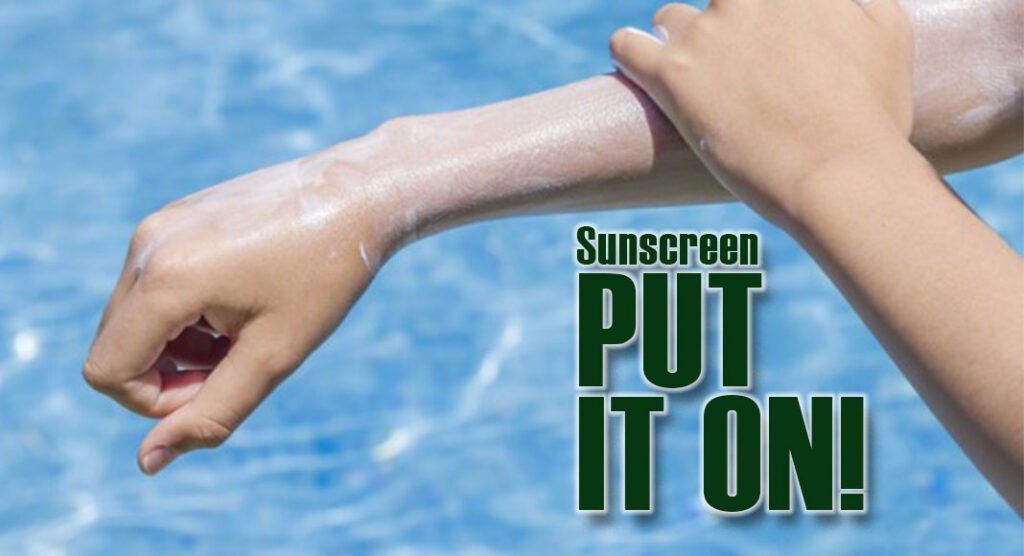
Texas Border Business
Newswise — Overexposure to ultraviolet (UV) rays is the cause of most skin cancers.
Artificial sources of UV radiation include tanning beds; sun lamps and sunbeds; lasers; mercury vapor lighting; and halogen, fluorescent and incandescent lights. Sunlight is the main source of UV radiation. Even on a cloudy day, you can be exposed to harmful UV rays.
But did you know your skin is exposed to higher levels of UV rays when you’re in pools and natural bodies of water?
“The exposure intensity is higher under water than it is above water,” says Arun A. Mavanur, M.D., a surgical oncologist at the Alvin & Lois Lapidus Cancer Institute at LifeBridge Health. “UV rays also are reflected off the surface of the water, so overall you tend to get more exposure while you’re in the water.”
It’s important that you apply sunscreen to areas of the skin not protected by clothing at least 15 to 30 minutes before heading outdoors and then reapply it every two hours while outdoors. You should also remember to reapply sunscreen after swimming.
Many people assume it’s OK to apply sunscreen only once a day if it has a high Sun Protection Factor (SPF) rating. The SPF rating, however, shouldn’t be construed as an indicator of how long you can stay in the sun or how frequently you should apply your sunscreen. Rather, it is simply a measurement of the sunscreen’s effectiveness in protecting the skin from UV light.
Another misleading aspect of sunscreen is waterproof protection. It’s OK to use sunscreens labeled “water-resistant,” but Mavanur cautions that “there really is no such thing as a waterproof sunscreen, so once you get out of water, it’s important to reapply it.”
Actually, water-resistant sunscreen lasts only 40 to 80 minutes on wet skin, which is why you must reapply it not only after spending time in the water but also after sweating heavily. “If you’re out in the sun and working in the garden and sweating, you still have to apply sunscreen every couple of hours,” Mavanur says.
Use a broad-spectrum, water-resistant sunscreen with an SPF of 30 or higher. The “broad-spectrum” factor is crucial because it protects against the two main types of UV light that contribute to your risk of skin cancer: Ultraviolet A (UVA), which is associated with skin aging, and Ultraviolet B (UVB), which is associated with sunburn and thought to cause most skin cancers. An SPF-30 sunscreen blocks 97% of the sun’s UVB rays.















